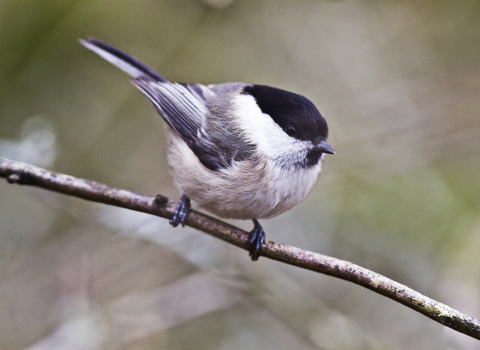Our petition and ‘biodiversity net gain’
The Wildlife Trusts have been responding to plans for HS2 at all levels since they were first announced in 2010. One of the more formal routes of our work - that you are unlikely to hear much about - is through the HS2 Bill Select Committees. We were due to give evidence in person before the Committee last month, which was postponed due to the current health crisis.
These committees are held in the House of Commons and House of Lords during the passage of the Hybrid Bill for each phase of HS2. It is these Hybrid Bills, passed by Parliament, that grant (amongst other things) the powers to construct the various phases of the HS2 network. The select committees provide an opportunity for people and organisations affected by the construction or other elements of the Bill to petition for or against specific items in it - known as provisions - and to seek alterations.
We were due to give evidence in person before the Committee last month, but this has been postponed due to the current health crisis.
These petitions are submitted as a document, outlining how the scheme affects the person, group or organisation and how they believe the Bill should be altered to meet their objections.
The Wildlife Trusts formally submitted its latest petition to the House of Lords Select Committee for the High Speed Rail (West Midlands-Crewe) Bill in June 2019 to share our concerns for the West Midlands to Crewe section of HS2, part of Phase 2, which will cut through the counties of Staffordshire and Cheshire. At the committee, Staffordshire Wildlife Trust would have provided detailed, local evidence of the risks the plans pose to local sites.
While we await a new date, there are several aspects to our petition on biodiversity net gain that we would like to share with you to keep you up to speed and explain where we've got to. Our evidence set out the justification for net gain to be included as a requirement for HS2. Net gain is a term used to describe an approach to development that leaves the natural environment in a measurably better state than it was beforehand.
We are concerned that ground clearance work for Phase 1 (London to West Midlands) continues, despite a recent attempt through the High Court to halt activity during spring. Plans for Phase 2 (West Midlands to Manchester and Leeds) are still under scrutiny.


